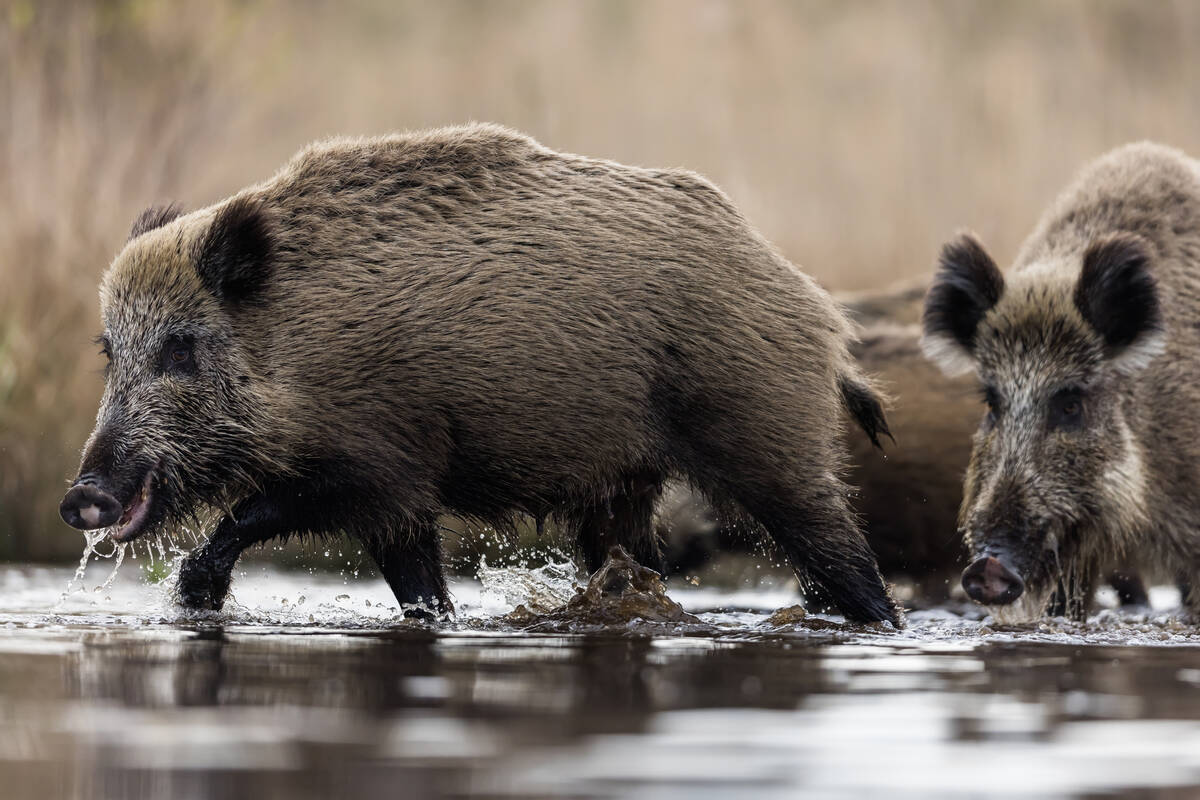Producers must take the initiative in pushing for international standards to avoid having shipments rejected
The world of maximum residue limits for certain crop treatments is getting more complex.
Countries are setting their own limits as Codex, the international body charged with setting MRLs, gets further behind.
Canola pathologist and wheat breeder Ron Pidskalny of Strategic Vision Consulting said this makes them ever more difficult to track.
“There are three issues,” he said.
“Number one is heightened mon-itoring and testing globally. Number two is the development of new national MRLs … and three, our Codex system, which is an international MRL system, is behind schedule, which is why a lot of countries are looking at Codex and saying, ‘we’re getting so far behind we think we’re just going to develop our own national system.’ ”
Read Also

Manitoba bans wild boar possession
Manitoba has tightened the regulatory status of Eurasian wild boar in an effort to help fight back against invasive wild pigs.
Pidskalny told a Dec. 8 Farming Smarter conference in Lethbridge that producers need to take the initiative to ensure international customers accept their crops.
“Ultimately, as producers, you need to enter in some discussion with your producer groups and make sure that your interests are represented,” he said.
“You really need to take the bull by the horns and take action.”
Conflicting MRL rules most recently affected Canadian farmers who used quinlorac (Clever) to control cleavers in canola and found the crop wasn’t accepted in Japan and China.
Similarly, the United States doesn’t have an MRL for Canadian crops treated with chlormequat, a growth regulator.
In addition to the dog’s breakfast of global MRLs, Pidskalny said crop shipment tests have become cheaper and more sensitive, which en-courages buyers to use them.
He said the new technology can detect one part per billion, which is equivalent to one minute in two years, one cent in $10,000 or one pinch of salt in a nine kilogram bag of potato chips.
As an example, Pidskalny said a 60,000 tonne ship full of grain could be tested for chemicals in parts per billion even before it is unloaded.
“If there is anything in that crop on that cargo, someone is going to pick it up at the destination.”
He said countries that develop their own MRL standards tend to put health authorities in charge.
“They have no mandate for and no knowledge of trade, but they tend to be the decision-making authorities. So what’s happening is that they’re making decisions that are inadvertently setting up major barriers to trade.”
It takes years to get through the Codex process, Pidskalny added.
“We’ve had countries like South Korea, Hong Kong, China … they’ve dropped Codex and they’ve decided to develop their own international system,” he said.
“United Arab Emirates, Mexico and India, we’ve heard, are moving in the same direction.”
Tolerances are unknown when that happens, and in many cases there is no MRL at all.
“Codex filled in some of those national blanks and we had something to go on, but with countries going away from Codex … we just end up with this big unknown on what the tolerance is going to be once we export to that destination.”
Pidskalny said the horticultural industry and to some extent the pulse industry have worked with MRLs for years, but it is new to cereal grain exporters.
For example, Canadian wheat has 72 export destinations, meaning there could be that many different MRL situations.
“The onus in 2015 was on you to ensure that the MRLs were in place in all potential export destinations all over the world for your wheat and canola,” he said.
“In my opinion, that was an unfortunate situation.”
Rejected cargo can cost millions of dollars in transportation, destruction of the shipment and other direct expense, said Pidskalny.
However, there are also intangible costs such as segregation programs, testing tools, potential loss of export licenses, cancelled contracts and damage to the shipping country’s reputation.
He said an industry and government task force is working on MRLs in Canada, so the situation is improving and producers are having input.
MRL guidance databases have been completed in Canada for beans, blueberries, chickpeas, cherries, fababeans, lentils, peas, potatoes, soybeans and wheat.















